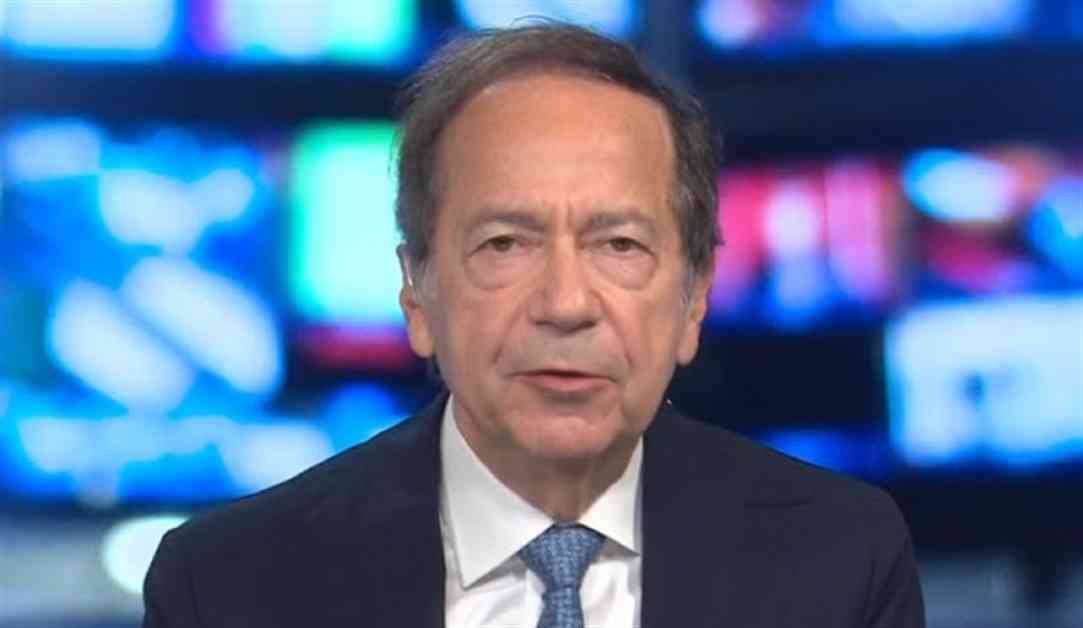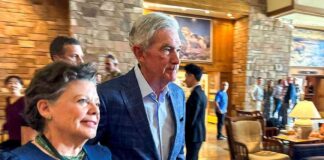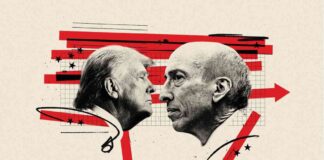The possible candidates for Treasury Secretary have been narrowed down to John Paulson and Scott Bessent, according to Reuters sources. John Paulson, known for his bullish stance on gold, may not push for increasing US gold reserves but is unlikely to support selling them either. On the other hand, Scott Bessent, who has worked closely with George Soros in the past, brings a different perspective to the table.
In a twist of fate, Bessent, a former disciple of George Soros, worked with him from 1991 to 2000, during the time of the famous pound bet. He then returned in 2011 to serve as chief investment officer for four years. This background adds an interesting dynamic to the potential selection of the Treasury Secretary.
While Paulson’s gold-focused approach may appeal to some investors, Bessent’s ties to Soros could raise concerns among those wary of the billionaire investor’s influence. The decision on who will ultimately be chosen for the position will have implications for both the financial markets and the broader economy.
It is crucial to consider the potential impact of these candidates on the Treasury Department’s policies and priorities. Paulson’s views on gold and Bessent’s connections to Soros could shape the direction of economic decisions in the coming years. Investors and analysts will be closely watching for any signals or hints about the future direction of the Treasury Department under new leadership.
As the selection process unfolds, it will be interesting to see how the market reacts to the news. The Treasury Secretary plays a crucial role in shaping economic policy and market sentiment. Whether Paulson’s gold-friendly approach or Bessent’s Soros-linked background will have a more significant influence remains to be seen.
Overall, the choice of Treasury Secretary will have far-reaching consequences for the financial landscape. Investors should stay informed and be prepared to adjust their strategies based on the eventual decision. The intersection of politics, economics, and finance in this selection process highlights the interconnected nature of these sectors and the importance of understanding the implications of key appointments.

















